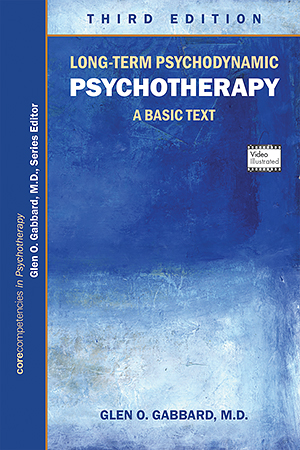Sections
Excerpt
The success of psychodynamic psychotherapy depends on selecting patients who are truly suited for it. Treatment must always be tailored to the patient, not the other way around. Assessing the suitability begins with an intake or consultation meeting in which patients are allowed to tell their own story in their own way. Two principal assessments are made: 1) Are the patient’s clinical concerns likely to respond to long-term psychodynamic psychotherapy? and 2) Does the patient have the psychological characteristics that are suited to a psychodynamic approach? These determinations may be complicated, however, and the suitability of some patients may be hard to assess until they have had a good trial of therapy. In the clinician’s mind, the intake process is designed to establish an accurate psychodynamic diagnosis rather than provide treatment. From the patients’ perspective, however, it may be highly therapeutic to have someone listen to their story and accept them as they are. Therefore, the nonjudgmental listening that is inherent in good psychodynamic interviewing may pave the way for a psychotherapeutic relationship to follow. Many beginning trainees worry that the expectation of the patient in our contemporary era will be a “quick fix” with medication alone. However, a meta-analysis of patient preference for psychotherapy versus medication found that 75% of participants stated a preference for psychotherapy over drugs (McHugh et al. 2013). Patients actually may be quite naive about the relative indications for psychotherapy versus pharmacotherapy, and education is part of the clinician’s job during an assessment.
Access content
To read the fulltext, please use one of the options below to sign in or purchase access.- Personal login
- Institutional Login
- Sign in via OpenAthens
- Register for access
-
Please login/register if you wish to pair your device and check access availability.
Not a subscriber?
PsychiatryOnline subscription options offer access to the DSM-5 library, books, journals, CME, and patient resources. This all-in-one virtual library provides psychiatrists and mental health professionals with key resources for diagnosis, treatment, research, and professional development.
Need more help? PsychiatryOnline Customer Service may be reached by emailing [email protected] or by calling 800-368-5777 (in the U.S.) or 703-907-7322 (outside the U.S.).



